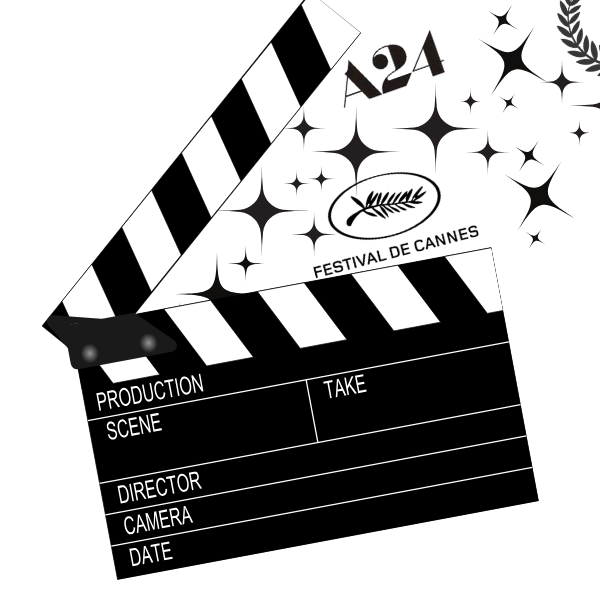Article By: Alyssa Walsh
In the area of the New England town I grew up, it was standard procedure for families, on Sunday mornings, to attend Mass at 10:00 a.m. at St. Raphael’s Parish. After that, those unlucky public school students, as well as adolescents approaching their Confirmation, would traipse across the parking lot to the associated elementary school and endure hours of endless discussions about the Bible and Catholic theories. I attended these dreadfully boring classes for the two years prior to entering Catholic school and can vividly remember the vast differences between the CCD classes and their educational equivalent in St. Raphael’s School, which were entitled “Religion.” The former classes were more casual and lackluster, whereas the later had a more rigid, strict format. However, despite all of the differences, the two types of religious education shared a common: the stories contained in the Bible were meant to be taken as allegorical tales, as opposed to historical accounts of actual facts and occurrences. If this is so, how can an intelligent professional educated in the scientific field teach creationism, which is one of the most central tales to the Old Testament and the Bible as a whole, without any qualms?
Creationism, referred to by supporters as Intelligent Design, has been recognized as an “argument from ignorance” in that it centralizes its arguments on a lack of evident findings. In other words, since there are not yet legitimate means of explaining the design and creation of the universe and especially our world, we must assume that a higher power had a hand in putting it all together. As creationism entails, God put the world together in seven days, with all of the menial tasks – i.e., water, light, etc. – taking place on the first six, and then resting on the seventh. This theory is supported by Christians mainly because any opposing explanation assumes that events occurred coincidentally, which goes against the core belief that God has had, and will continue to have, control over every minor occasion, forever.
Let’s go back to the term Intelligent Design. My issue with this phrase is that the two words completely remove any religious connotation that the actual theory previously embodied, and, in my opinion, succeed in fooling people, as is their purpose – much like the replacement of “torture” with “advanced interrogation” by its respective supporters. When you hear “Intelligent Design,” you do not automatically assume it is a Christian theory of how the world came to be, but rather a scientific speculation. However, this is not the case; in fact, the term was developed by a group of creationism supporters who had to reorganize their theory in response to court rulings against the inclusion of creationism in scientific curriculums. Supporters of Intelligent Design claim it is completely separate from the religiously supported creationism theory; it does not assert that God, as He is referenced in the Catholic religion, created the world in seven days, but rather that some higher, intelligent power oversaw and organized the construction of the world. However, in a December 2005 ruling in response to a school board’s inclusion of Intelligent Design in its scientific curriculum, United States District Court Judge John E. Jones III maintained that, “[Intelligent Design] cannot uncouple itself from its creationist, and thus religious, antecedents.” While no one is denying that it is important to enrich young, influential minds with all the forms of possibilities behind standard scientific debates, Judge Jones based a large portion of his ruling on the fact that Intelligent Design cannot be called a science, as “it has failed to publish in peer-reviewed journals, engage in research and testing, and gain acceptance in the scientific community.”
While all of these anti-Intelligent Design arguments are valid and true, my specific issue with the theory lays within the fact that it is a descendent of a Christian theory. If it is going to be taught alongside other theories with actual scientific evidence to back them up, then shouldn’t other religions’ and cultures’ speculations be represented in standard curriculum as well? Let’s take a look at some of these theories.
Bakuba, a kingdom that existed near the Congo Valley in Africa, believed in a creation theory involving the ruler of the earth vomiting as a result of stomach pain. Out came first the sun, moon and stars which were then, during a second bout, followed by people, animals and many other things.
Members of the Voodoo religion think that a serpent first created the ocean, subsequently moving his coils and creating hills and valleys. The world was continuously constructed by his various movements. Then, the Sun he created made a rainbow which the serpent proceeded to fall madly in love with. He made her his wife, and finished his creation by positioning her in the capacity of protector of all space.
Muslims maintain that God created the earth, and then commenced the task of populating his new planet by mixing clay, sand, earth and water. He made Adam by pouring life into the mixture, and ordered that all of his subsequent creations bow down to the former. Only one refused, who would later become commonly known as the Devil.
Obviously, different cultures and religions are entitled to having their own beliefs; after all, no one is capable of judging which theory is the best, or most correct. However, these theories belong in an elective course, or possibly a Theology class; I can’t stomach the idea that a theory that was developed as a religious conviction should be represented alongside other, more supported speculations, especially in a course dedicated to the study of science. After reviewing the aforementioned theories, I want you to ask yourselves: does it really make sense to flood the minds of our precious youth with speculations devoid of any evidential support, simply because they exist? And if so, where shall we draw the line between actual science and mere conjecture?







